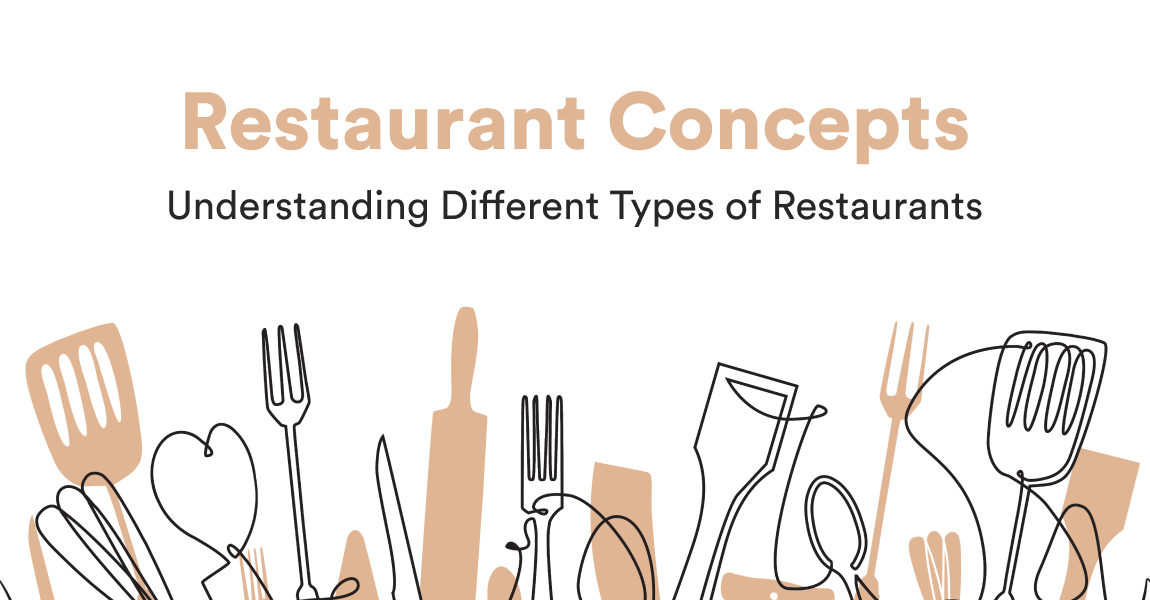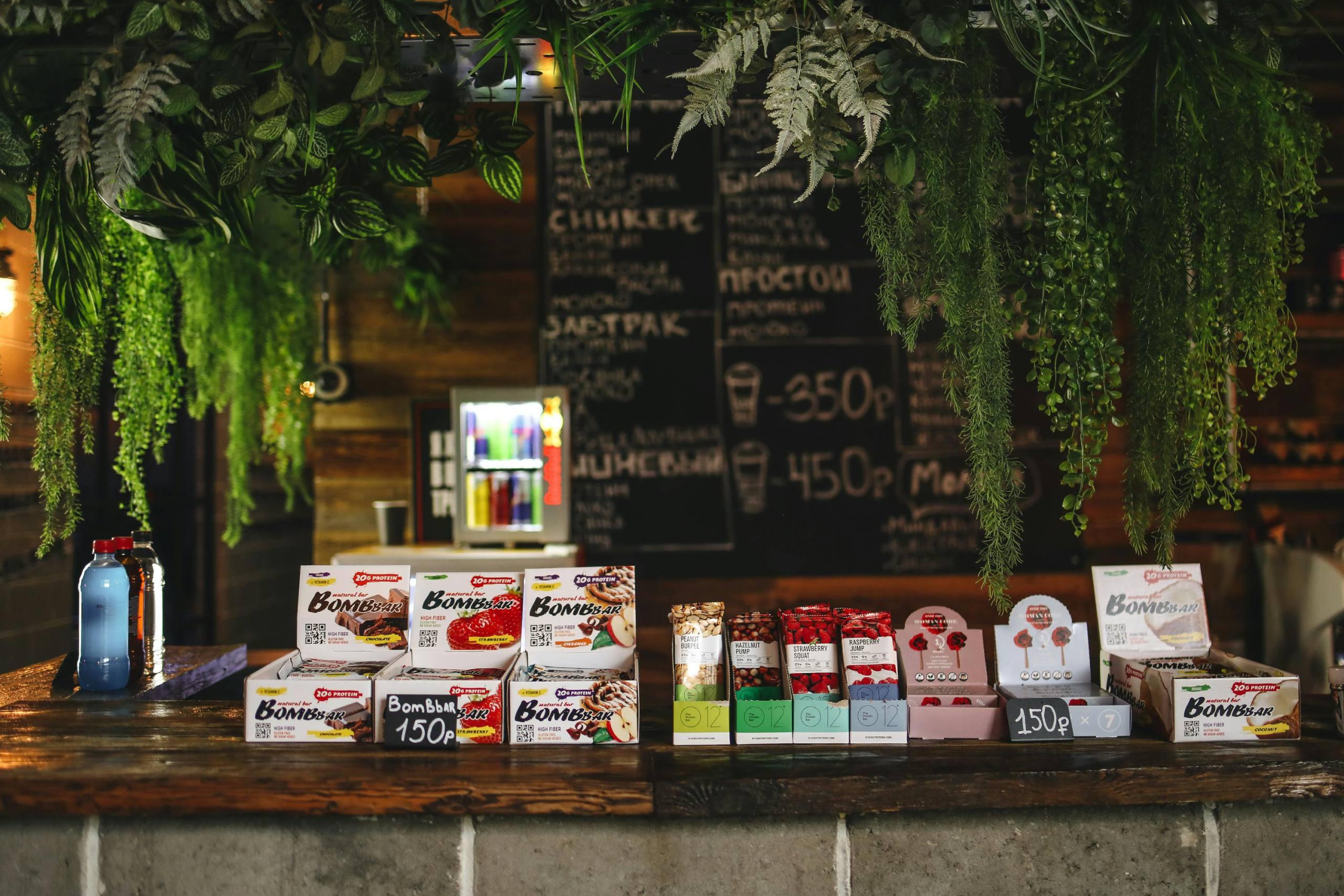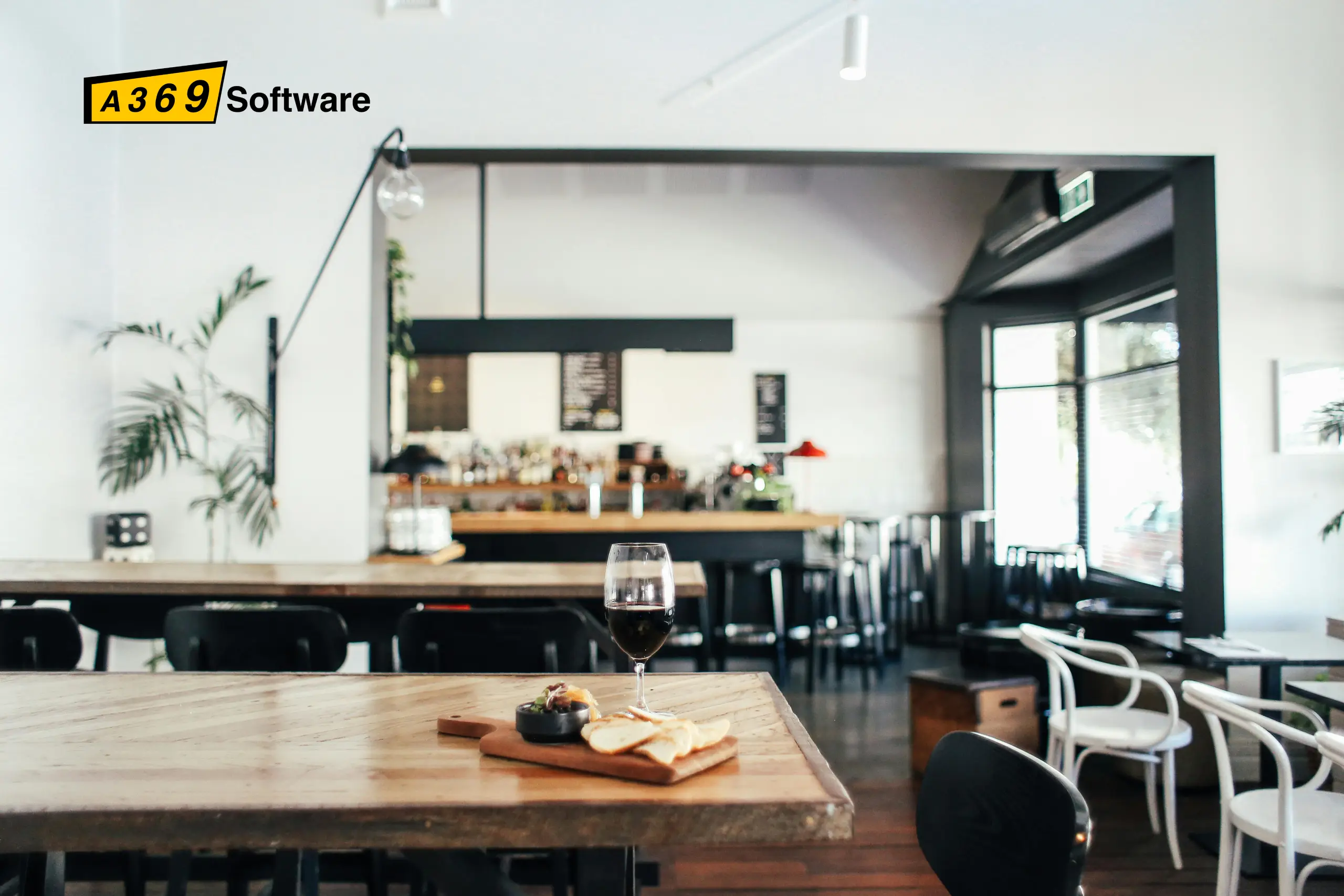Building a restaurant menu is one of the most crucial steps in launching your food business. If you’re learning how to start a restaurant, your menu is not just a list of food items—it’s your brand, your marketing tool, and a key to profitability. This guide will walk you through how to build a menu for a restaurant that is both appealing and strategic.
1. Understand Your Restaurant Concept

Before designing your menu, clearly define your restaurant concept. Are you opening a fast-casual burger joint, a fine-dining Italian restaurant, or a vegan café?
Your menu must align with:
- Your target audience
- The ambiance of the restaurant
- The kitchen capabilities
For example, if you’re starting a quick-service taco spot, keep the menu short and fast to prepare.
2. Research Your Market and Competitors

Effective menus are rooted in research. Visit local competitors, analyze their menu structure, pricing, and bestselling items. Note what works and identify gaps you can fill.
Also consider:
- Regional food preferences
- Dietary trends (vegan, gluten-free, keto)
- Price sensitivity in your market
3. Choose Your Core Dishes

Once you have a concept and data, it’s time to brainstorm your dishes.
Tips:
- Include a balanced variety (starters, mains, desserts)
- Focus on signature dishes that reflect your brand
- Limit menu to 15–25 items for manageability
Use the Golden Triangle Rule: items placed in the top-right corner of the menu often receive the most attention—put your bestsellers or high-margin items there.
4. Price Your Menu Strategically

Pricing is both an art and a science. It affects perception, profit margins, and customer satisfaction.
Key pricing methods:
- Cost-Plus Pricing: Calculate food cost, then add your desired profit margin.
- Psychological Pricing: Prices like $9.95 feel cheaper than $10.
- Competitive Pricing: Stay within range of local competitors.
For a full breakdown of startup costs including food and equipment, read our guide: How Much Money Do You Need to Start a Restaurant.
5. Design Your Menu for Usability and Sales

A visually appealing and well-organized menu boosts sales.
Design tips:
- Use sections and headings for easy scanning
- Highlight high-profit items with icons or boxes
- Use readable fonts and quality images (but don’t overdo it)
- Maintain your brand colors and voice throughout
If you’re planning how to start a restaurant, working with a graphic designer or using tools like Canva for menu templates can help.
6. Optimize for Online and Mobile Viewing

In today’s digital-first world, your menu must look great on both your website and third-party apps.
Checklist:
- Ensure it’s mobile-responsive
- Add alt text to images for SEO
- Use structured data markup for menu items
7. Train Staff on Menu Knowledge

Your staff must understand every dish on the menu:
- Ingredients
- Preparation method
- Allergen information
- Upsell opportunities (e.g. wine pairings)
This builds customer trust and boosts sales.
8. Review and Update Regularly
Menus aren’t static—they evolve with trends, seasons, and customer feedback.
- Rotate seasonal items
- Remove underperforming dishes
- Introduce limited-time offers (LTOs)
Schedule a quarterly menu review with your chef and management team.
9. Legal and Nutritional Requirements
Ensure your menu complies with local laws, including:
- Nutritional labeling (if required)
- Allergen disclosures
- Alcohol regulations (if applicable)
Visit the FDA Menu Labeling Guide for U.S. regulations.
10. Common Menu Mistakes to Avoid
- Offering too many items
- Poor spelling or grammar
- Using overly complex names
- Ignoring food costs and waste
Remember: A focused, profitable menu is the heart of a successful restaurant.
Final Thoughts
Learning how to start a restaurant goes hand in hand with learning how to build a menu that sells. Your menu is your identity, your value proposition, and a direct line to your customers. Take your time crafting it, test what works, and be ready to adapt.
Building a menu may seem overwhelming at first, but with thoughtful planning and customer focus, it becomes one of the most rewarding parts of opening a restaurant.
👉 Thinking of Starting a Restaurant? Here’s Your Complete Step-by-Step Guide for 2025
In addition, if you’re wondering about the general process, this essential guide on how to open a restaurant will help you understand all the basic steps involved — no matter the type of restaurant you have in mind.
For those who want to begin with a smaller setup, we’ve also prepared a dedicated article on how to start a small restaurant. It focuses on budget-friendly strategies and practical steps to get your dream off the ground.
Looking for more inspiration? Take a look at this real-world example of launching a small eatery successfully to learn from others who’ve done it before.
Finally, don’t forget to bookmark our restaurant startup checklist — a free tool to help you stay organized from day one.
